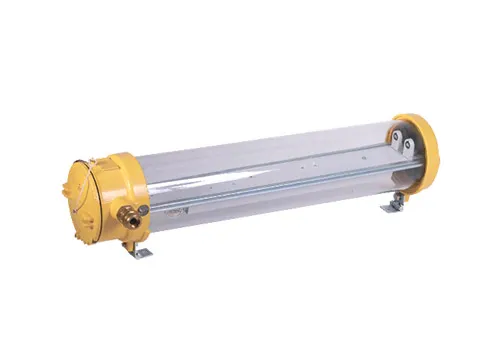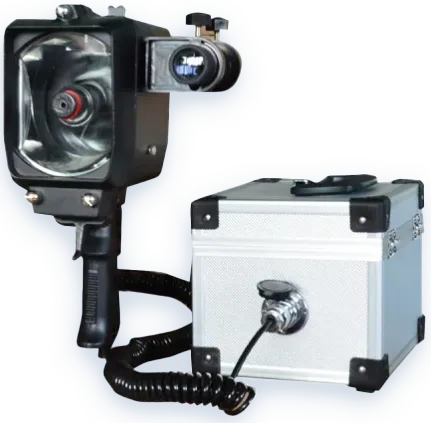Maritime operations face unique risks—flammable fuel vapors, oil residues, and electrical sparks can trigger dangerous accidents. For ship operators and buyers, a common question arises: What is an Explosion Proof Light, and why is it non-negotiable for vessels? Let’s break down the essentials to clear confusion.
It is a specialized lighting device built to contain internal ignition, often with reinforced housing to prevent external hazard penetration. Unlike regular marine lights, it traps sparks or high heat from electrical components such as wiring and bulbs inside the fixture—even if a component malfunctions, the risk of igniting outside substances stays low. This prevents ignition of flammable substances in the surrounding air—like fuel fumes in engine rooms or cargo holds. Its core purpose? To keep lighting safe in high-risk zones where even a small spark could lead to explosions.

Not all ship areas require this specialized lighting—only zones with high explosion risks, where flammable elements are regularly present or likely to accumulate. Key locations include:
Engine rooms: Where fuel vapors from engines and oil residues mix with air, creating a flammable environment that lasts through daily operation.
Fuel storage tanks and adjacent areas: Even small leaks can lead to vapor buildup, making regular lights a hazard during fuel transfer or storage checks.
Chemical cargo holds: For ships carrying flammable chemicals, these spaces need protection against ignition from lighting, especially when cargo shifts or emits fumes.
Bilge areas: Where water, oil, and fuel residues collect, increasing the risk of flammable vapor formation during cleaning or maintenance.
It’s easy to mix up marine light types, but key differences in design and function set them apart:
Purpose: Navigation lights are for signaling and avoiding collisions (e.g., showing a ship’s position, direction, or size at night or low visibility), while Explosion Proof Light is solely for safety in high-risk zones, focusing on hazard prevention.
Design focus: Navigation lights prioritize visibility and compliance with maritime traffic rules, often using high-brightness LEDs for long-distance recognition; Explosion Proof Light focuses on containing ignition and resisting harsh marine conditions like corrosion.
Usage rules: Navigation lights are mandatory for all vessels whenever visibility is poor, regardless of location; Explosion Proof Light is only required in specific high-risk areas (not the entire ship) and varies by vessel type.
Understanding Explosion Proof Light is critical for maritime safety. It’s not just an accessory but a requirement to protect crews, comply with rules, and avoid accidents.
If you’re seeking maritime Explosion Proof Light that meets these standards, ZHIYUE Marine offers solutions tailored to ship needs. Visit their product page to learn how their fixtures support safe maritime operations.

GET A QUOTE